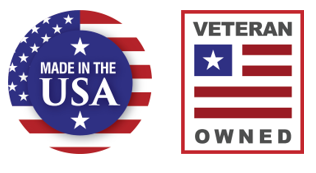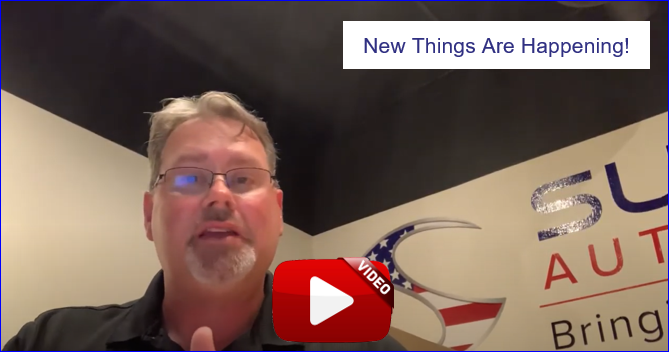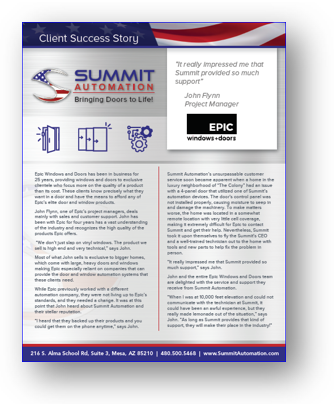Summit Automation Newsletter – July 2020
New at Summit Automation
My name is PJ Gruetzmacher, CEO for Summit Automation. Welcome to the first ever edition of our newsletter. We are planning to send (and post on our website) a quarterly newsletter, and share monthly video updates with you. We hope you will find them informative and interesting.
Our NEW Facility
The tenant improvements are coming along very nicely! As many of you know, we outgrew our Tempe location and we moved to Mesa, AZ. Adding a dedicated training center for installers has been a priority.
Our NEW Products
We have launched new product offerings. I recommend you contact info@summitautomation.com to learn more about these innovative products and look for additional new product launches scheduled throughout 2020-2021.
Our NEW Features
We have launched the Alexa interface with our motor systems and will have our Flexible Advanced Speed Technology™ (FAST) launch coming up very soon. The FAST capability will allow our installed systems to operate with an elegant, smooth, safe opening, as a system-certified UL325 solution.
Our NEW Certified Installers
We have trained and certified another couple of waves of installers through our training center. Our systems have changed considerably over the last year, adding many more features and customizable solutions to meet the ever-changing doors and installation circumstances, so if you are already an installer, come in and refresh your training.
Our NEW Advertisements
Look for us in the July/August LUXE magazine’s Smart & Healthy Issue. Tell us what you think about the ads at info@summitautomation.com. We value your feedback!
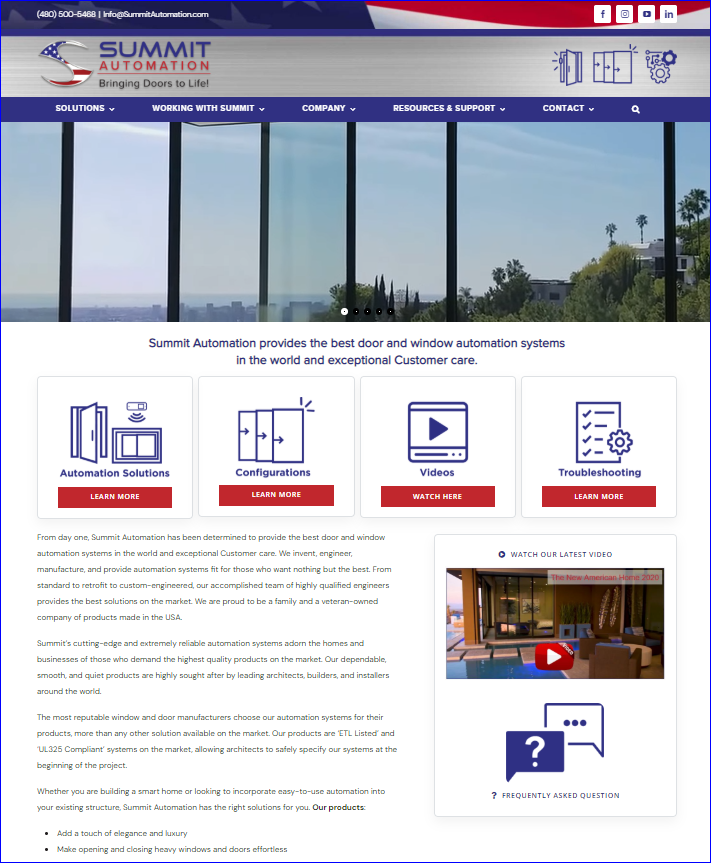
That’s it for now! Summit Automation is full of excitement, as you could probably tell from all the updates above. We ask you to please take some time and read the newsletter from start to finish as we included (and will continue to in the future) a lot of valuable and useful information for you.
![]()
What is UL 325, and Why is it Important for Summit Automation?
UL 325 is the national standard that addresses the automatic operation of doors.
Who is UL?
UL, or Underwriters Laboratories Inc., is a not-for profit organization established in 1894, which is self-described as “the leading third-party certification organization in the United States and the largest in North America.” UL’s primary stated mission is “to evaluate products in the interest of public safety.” There are other testing laboratories and certification organizations in the United States, but UL is the most well-known.
For products within the scope of the standard, UL 325:
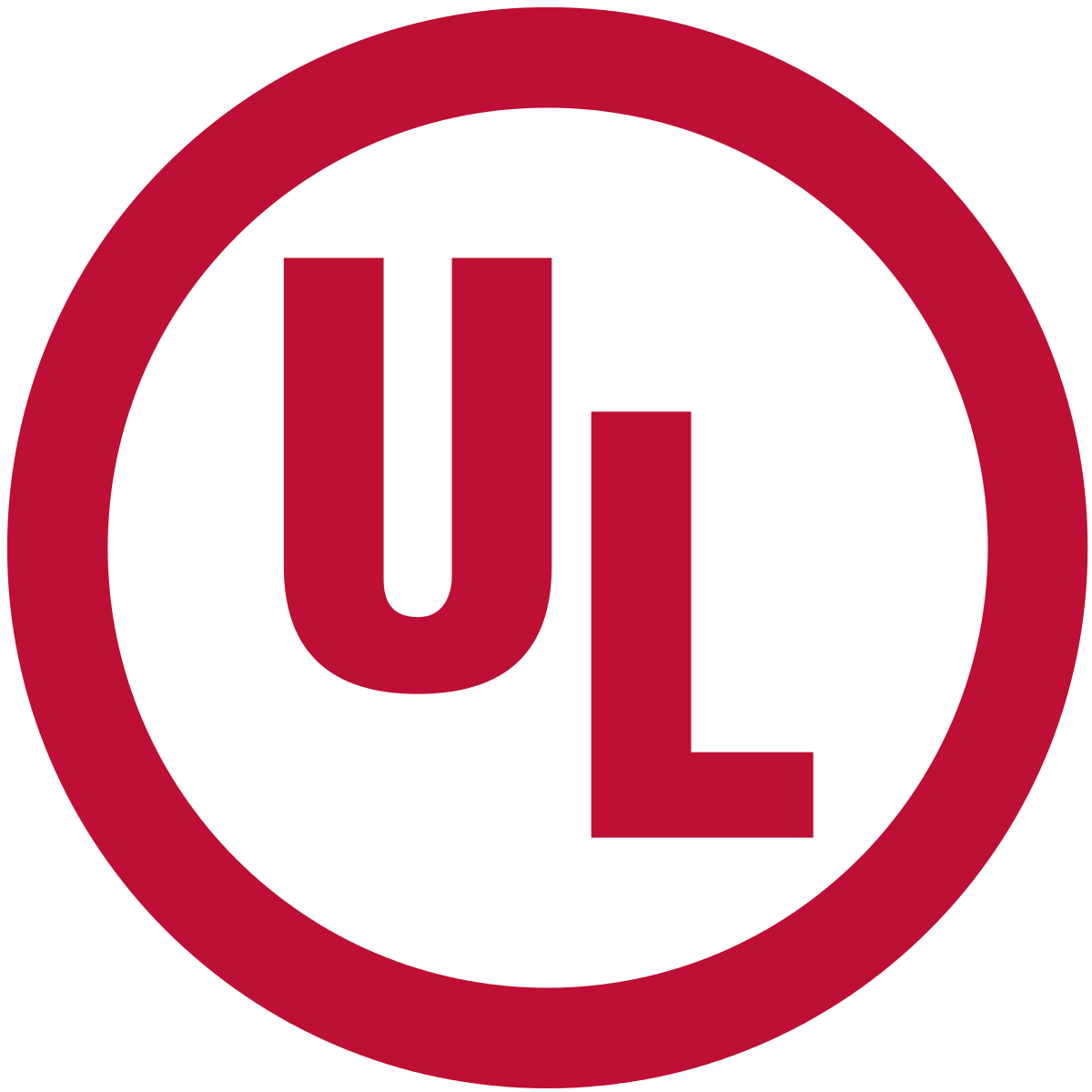
- Contains the basic qualifying factors that products must meet in order to be documented (listed) and marked (labeled) as complying with the requirements of the UL 325 voluntary Listing and Labeling program.
- Provides methods for testing products, primarily related to safety performance:
- All Summit Automation systems are tested by a third party and verified that all the safety features will not cause death or serious injury.
- Summit’s software is provided with “pinch point” sensitivity which allows the installer to dial in sensitivity in the last 12 inches of travel where one could be pinched by the door.
- Summit’s systems were tested that even in lightning, and other extreme conditions, the door will not lose its safety effectiveness and will still keep safety as a priority while subjected to those conditions.
- Summit’s systems limit the speed of the door due to complying with the specification for the maximum kinetic energy requirements specified by UL. This is in order to preserve life.
- Covers installation of products in accordance with the National Electrical Code, which is maintained by the National Fire Protection Association (NFPA) and is in force nationwide. UL 325 is to be harmonized with this Code:
-
- Summit systems have been tested for electronics and wiring to be compliant to National Electric Code.
- We are compliant to NEC, as it is important for construction sites.
- Every component has undergone third party certification and is manufactured in UL compliant facilities and Summit, (a professional facility).
- Addresses safety concerning potential fire and electrical hazards, as well as the safety of the general public:
-
- Summit systems have been thoroughly tested for safety compliance to ensure the system will not cause a fire when utilizing UL rated and verified components.
- Every component in Summit systems has been measured to proper heat levels to ensure they do not become a fire hazard by becoming too warm and a fire hazard.
- Summit systems have had EMI testing done to verify that lightning, and other electronic devices and interference, do not affect the safety of the door.
- Summit now utilizes shielded cable that runs through walls of houses and grounds out electrical spikes.
- Summit systems provide safety to end users and has life-of-safety features built into our “pinch point” protection.
Now that we’ve covered the basics of what the UL 325 standard is and requires, and how we meets these criteria and requirements, let’s look at why you should care about it.
While Summit Automation complies with the UL 325 standard, commitment to the standard is needed from every party involved. Summit Automation’s system has been tested as a whole and designated as a SYSTEM UL 325 compliant. Not only is the manufacturer responsible for the safety of these products, but also the designer, specifier, dealer, installer, technician, and end user. The new standard affects the entire process, from specification to installation and use. By complying with the UL 325 standard, you will be providing the highest safety and liability prevention available for these systems, from start to finish. Everyone is accountable and responsible for making sure the product is safe, and safety is Summit Automation’s primary concern.
Is UL 325 a federal law?
Some doubters, or those who may not see the value in making the extra efforts that Summit Automation does, may claim “UL 325 is not a federal law”. However, UL 325 has the force of federal law because it has been incorporated into the National Electric Code (NEC), NFPA 70, as well as the US Consumer Product Safety Improvement Act of 1990. The NEC is not a “federal law” either, but electricians carefully align their work practices to the NEC, which code authorities vigorously enforce, so it makes sense to follow.
Is your installation “up to code”?
As of May 2018, at least 43 states have adopted a version of the International Building Code (IBC) that references compliance to UL 325 and ASTM F2200. When a state adopts an ICC Code, it becomes a law in the state. Thus, UL 325 and ASTM F2200 are enforceable laws in most states. Please check and review DASMA TDS 383 for details about the addition of Automated Vehicular Gate Systems into the ICC model codes.
Inspectors who work for state or local code authorities are also known as AHJs (Authority Having Jurisdiction). Most inspectors will immediately look to verify that all electrical products bear a mark proving that they are listed to a relevant standard. If there is no listed mark on an operator, the inspector will likely demand that the equipment be removed. As the National Electric Code says, “The authority having jurisdiction for enforcement of the code has the responsibility for making interpretations of the rules, for deciding on the approval of equipment and materials, and for granting the special permission contemplated in a number of the rules” (Article 90.4).

Summit’s Internship Program
Summit, in conjunction with ASU’s engineering department, is developing new automation products. We are interested in continually developing the next innovations in automation. Our company believes strongly in offering the bright minds attending the ASU engineering program the opportunity to learn from our company and staff through internships. Summit’s executive team loves to teach what we have learned from experiences with engineering in large companies, as well as business processes and culture. Below, we introduce you to our most recent interns.
Manufacturing Engineer James Aronow started at Summit as a paid intern last July and worked on one of the four projects we had with ASU. We proudly offered James full-time employment this year, after his graduation.
Richie Tan, Design Engineer, was an unpaid intern for us, and as of this January, joined one of the ASU project teams. Richie accepted his Summit offer of employment on June 1st.
Our newest hire, Andrew Martinez, is an electrical engineer at Summit, and having just graduated from ASU, is working on one of the ASU-partnered automation products projects.
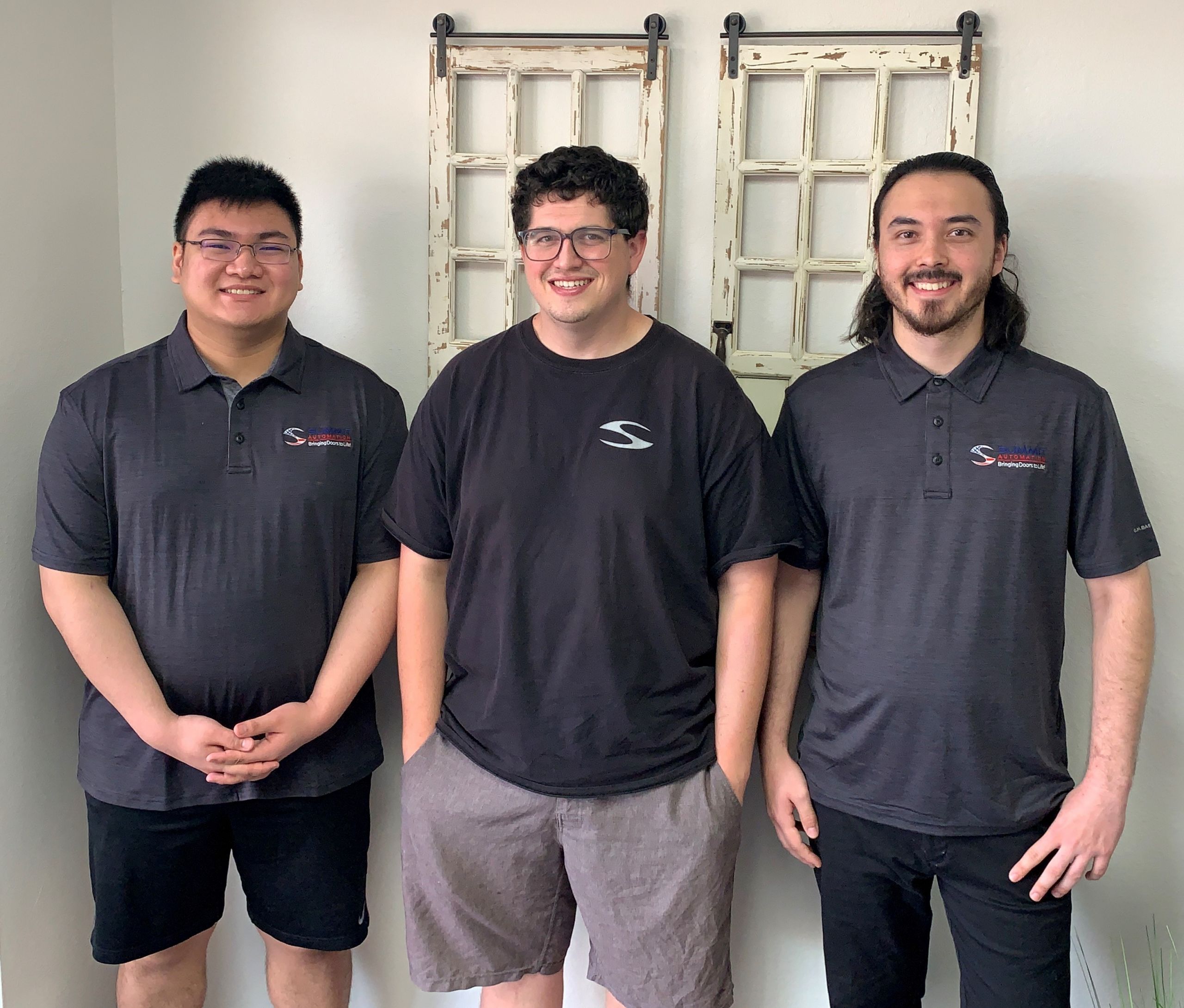
History of the Automated Door
A mathematician invented the first automatic door known to history. Roman Egyptian Heron of Alexandria enlisted the help of a priest to accomplish this. The temple priest of the city would light a fire that created a buildup of atmospheric pressure. This pressure pumped water into nearby vessels, which then became weights. Pulleys and ropes would automatically open the temple doors, just in time for parishioners’ arrival. Soon after, Heron implemented the same system to open the gates to the city.
When it comes to the 20th century, engineers at Stanley Works, a manufacturer of hardware and tools, came up with an innovation in 1931 that was revolutionary for its time and is still in use today. Horace H Raymond and Sheldon S Roby invented the first optical device that triggers an automatic door to open or close. The team applied for and received a patent. Waiters at a restaurant in West Haven, Connecticut, named Wilcox’s Pier Restaurant, were the first to benefit from this engineering feat. They no longer needed to worry about dropping the customer order balancing in their hands while trying to push open the door separating the kitchen from the dining area. The restaurant was charged $100 for the optical door-opening system, including installation.

Doors opening by “seeing” someone near them was great, but if it could by combined with the doors sliding, that would be even better. So, Dee Horton and Lew Hewitt set out to do just that. A mat actuator was their automatic door opening trigger of choice. Essentially it was a doormat with an electrical system tucked inside, and pressure from standing on the actuator within opens the door. Their automatic sliding doors would start to hit the market in 1960, after they started Horton Automatics Incorporated. During this decade, their door opening solution made its way to stores, banks, hotels, and municipal buildings.
Motion sensors were the next upgrade to automatic doors, arriving on the scene in the 1970s. They provided easier access to buildings for people who used mobility aids like wheelchairs, crutches, and braces. The 1980s brought revolving automatic doors and also more widespread use of motion detectors. During the next decade, automatic doors that fold were invented, allowing even businesses with smaller doorways to still take advantage of the technology. Also, during the 1990s, the industry norm to activate automated door opening evolved to infrared sensors.
Training
Our training center has been very busy certifying new installers across North America. Thanks for coming out and becoming newly Certified Installers! Those interested in becoming a Certified Installer, please register with your Territory Sales Manager for either a group training session or your personal team’s training session.
No other company can compare to the quality, reliability, and Customer care of Summit Automation.
For more information, call 480-500-5468 today or use the button below!
